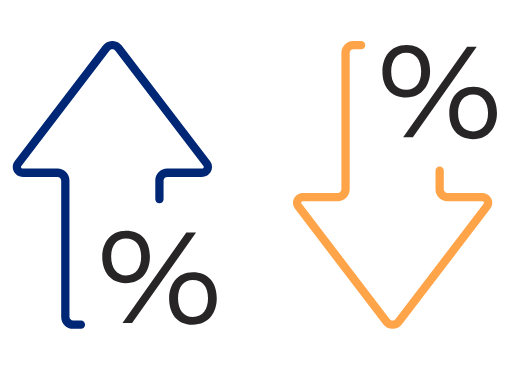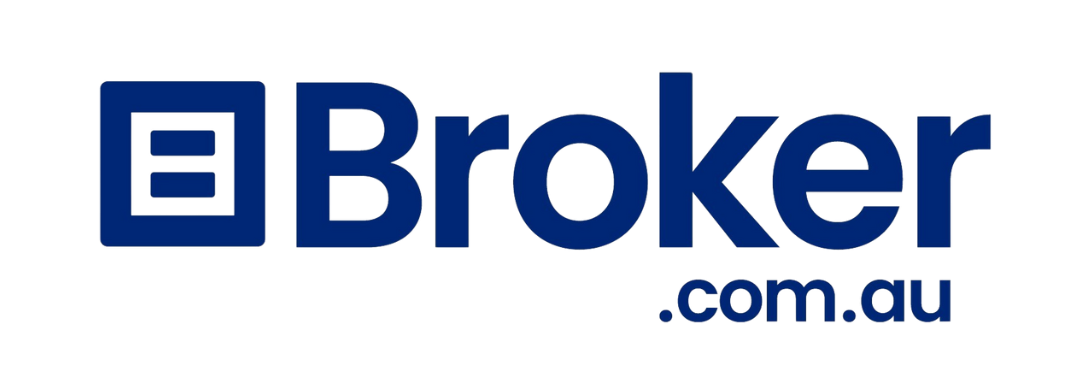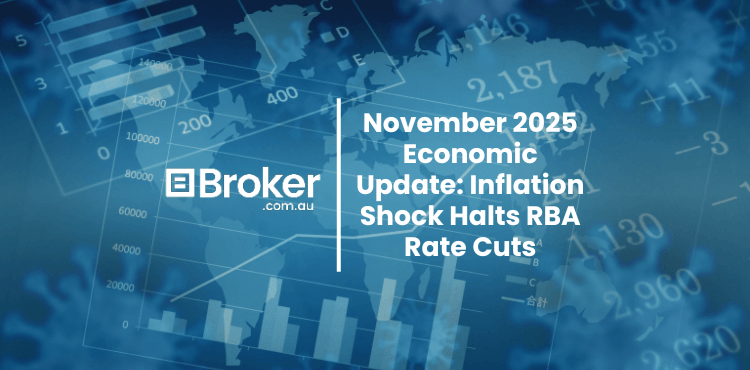As of July 2025, business loan interest rates in Australia range from approximately 6.29% to 15% per annum for secured loans, and 12% to 20% p.a. for unsecured options. In some cases, interest rates can exceed these ranges depending on the lender and loan type. Based on an analysis by Money covering over 50 lenders and a variety of borrower profiles, the average business loan rate is around 16.75% p.a.
It’s important to note that loan rates are not uniform—different businesses qualify for different rates based on their financial position, credit history, and risk profile. According to the Reserve Bank of Australia, small businesses typically pay about 1.73 percentage points more per year on new loans compared to larger enterprises.
Interest rates will also differ depending on the structure and type of business finance. For businesses with variable-rate loans, there’s optimism that rates may continue to decline later in 2025, following the RBA’s recent decisions to lower the cash rate in both February and May.

How Business Loans Work
Business loans provide companies with access to funding for a variety of purposes, such as purchasing assets, managing operational costs, or investing in growth. Loans are repaid over a set term, with additional costs in the form of interest and possible fees.
Generally, the loan amount a business can access depends on its revenue. Here are some typical features:
- Borrowing limits from $5,000 to over $1 million
- Loan terms ranging between 1 month and 7 years
- Fixed interest rates from 7.50% p.a. for borrowers with strong credit; variable options are also available
- Suitable for small businesses, sole traders, and self-employed individuals
- Flexible repayment schedules (weekly, fortnightly, or monthly) to suit your cash flow
- Available as either a lump-sum loan or a revolving line of credit
Looking to secure the right loan for your business? Start your application today and explore your options with Broker.com.au.
Who Can Qualify for a Business Loan?
To be eligible for a small business loan in Australia, you typically need to meet the following criteria:
- Be an Australian citizen or permanent resident
- Hold an active ABN or ACN
- Be registered for GST, depending on lender requirements
- Have been operating for at least 6 to 12 months
- Generate an annual turnover of $75,000 to $100,000 or more
- Be able to supply bank statements or financial records
- Maintain a reasonable credit score (minimum business score ~475; director score ~500, or lower if you own property)
- Operate in an industry that’s eligible for funding (some lenders exclude sectors like gambling, debt collection, and tattoo parlours)
If your business meets these requirements, you could be just a few clicks away from funding. Apply now with Broker.com.au
Are Business Loan Costs Tax Deductible?
According to the ATO, some of the expenses related to taking out a business loan—such as interest payments and select loan fees—may be tax deductible. However, deductibility depends on how the funds are used, so it’s critical to ensure that loans are strictly applied for business purposes.
Since we are finance brokers and not tax advisers, it’s always best to consult with a qualified accountant or tax professional for guidance tailored to your situation.
With the Reserve Bank of Australia’s (RBA) upcoming monetary policy meeting scheduled for July 8, 2025, anticipation is mounting regarding potential adjustments to the official cash rate. Economic indicators, including subdued GDP growth and easing inflation, suggest a possible rate cut.poundsterlinglive.com+3reuters.com+3loanfin.com.au+3adelaidenow.com.au+3reuters.com+3reuters.com+3
Economic Indicators Point Toward a Rate Cut
Australia’s economic growth has decelerated, with GDP expanding by only 0.2% in the first quarter of 2025, down from 0.6% in the previous quarter. This slowdown, coupled with a decline in annual inflation to 2.1% in May, positions the RBA to consider monetary easing to stimulate the economy .reuters.com+1theaustralian.com.au+1theguardian.com
Big Four Banks’ Forecasts
The major Australian banks have provided their projections ahead of the RBA meeting:news.com.au
- Commonwealth Bank (CBA): Anticipates a 25 basis point cut in July, reducing the cash rate to 3.60%, with further cuts expected in August and November, aiming for a year-end rate of 3.35% .news.com.au+16finestream.com.au+16reuters.com+16
- Westpac: Projects a similar trajectory, with cuts in August and November, and additional reductions in early 2026, potentially bringing the rate down to 2.85% by mid-2026 .yourmortgage.com.au+4news.com.au+4couriermail.com.au+4
- National Australia Bank (NAB): Foresees a more aggressive approach, expecting a 50 basis point cut in July, followed by 25 basis point cuts in subsequent meetings, targeting a rate of 2.60% by February 2026 .finestream.com.au+1clarkfinancegroup.com.au+1
- ANZ: Predicts three 25 basis point cuts in May, July, and August, aiming for a cash rate of 3.35% by August. However, some internal forecasts suggest the possibility of a single 25 basis point cut in the first quarter of 2026 .clarkfinancegroup.com.au+2yourmortgage.com.au+2ratecity.com.au+2
Market Expectations
Financial markets are largely aligned with the banks’ forecasts, with a high probability assigned to a rate cut in the upcoming meeting. The ASX RBA Rate Indicator reflects this sentiment, indicating strong market consensus for a 25 basis point reduction .asx.com.au
Implications for Borrowers and Businesses
A rate cut would likely lead to lower borrowing costs for consumers and businesses. Mortgage holders could see reduced monthly repayments, and businesses might benefit from more favorable loan conditions. However, it’s essential to consider that while lower rates can stimulate economic activity, they may also impact savings returns and potentially fuel asset price inflation.dailytelegraph.com.au+1theguardian.com+1livewiremarkets.com
In summary, the RBA’s decision on July 8 is poised to be a pivotal moment for Australia’s monetary policy, with significant implications for the broader economy.
With potential rate cuts on the horizon, now is the time to act. Get started with your loan application and take advantage of competitive rates today.




